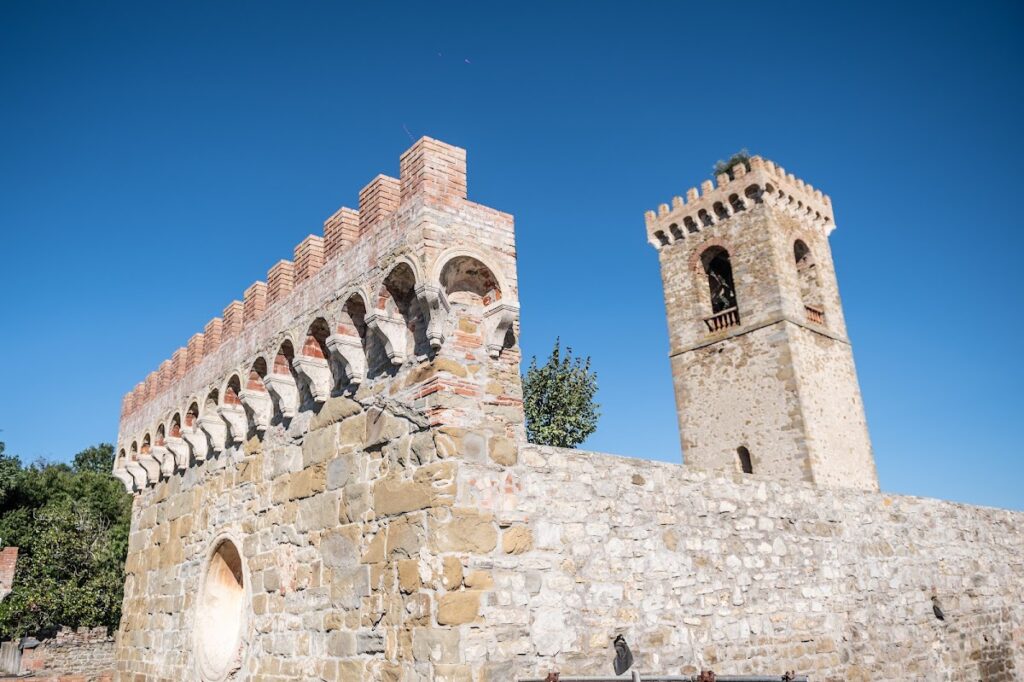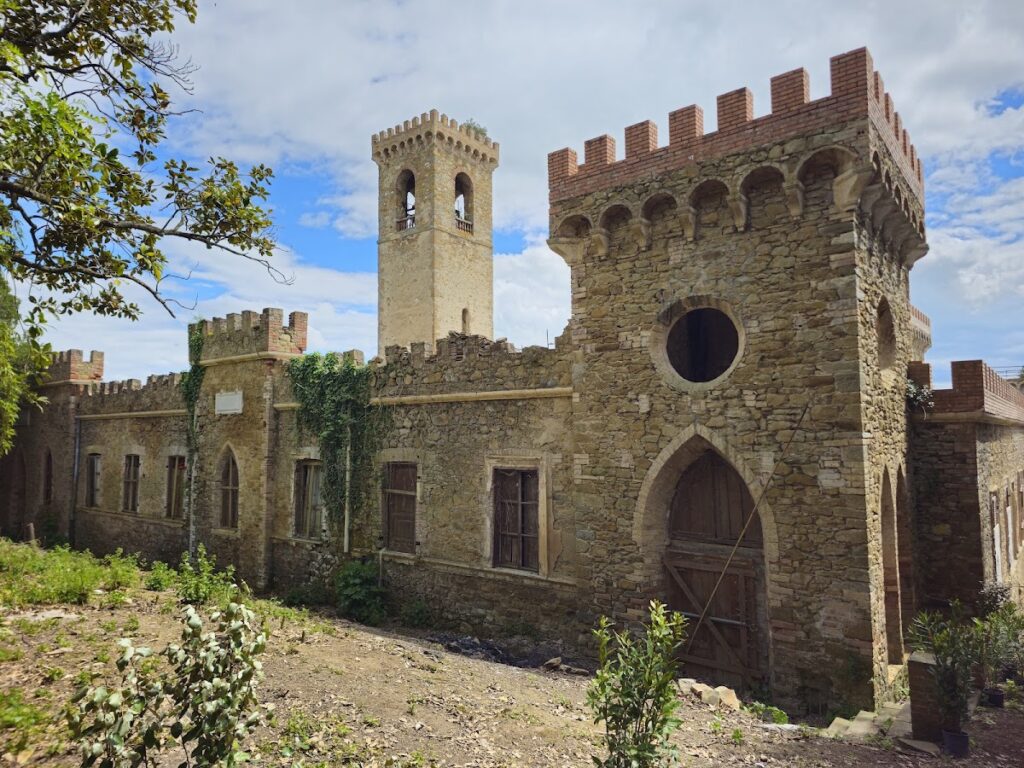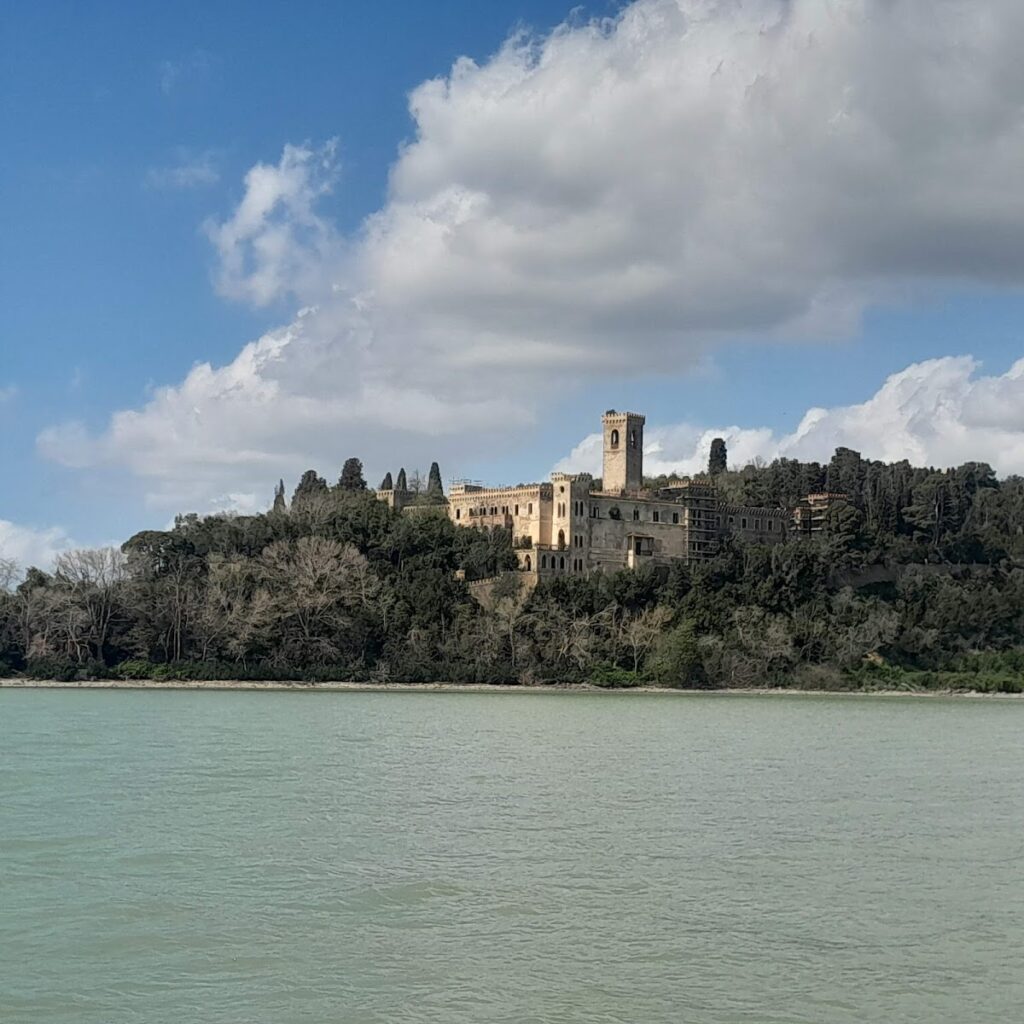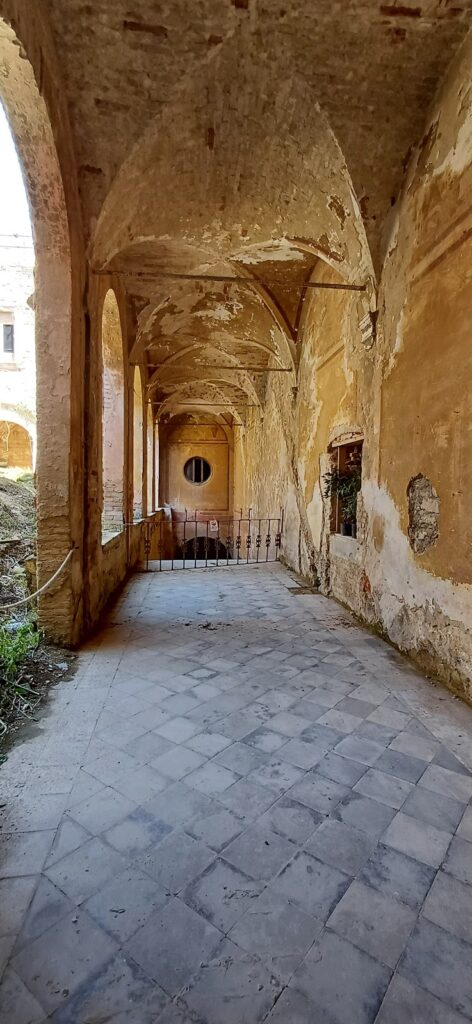Guglielmi Castle: A Neo-Gothic and Medieval Heritage Site on Isola Maggiore
Visitor Information
Google Rating: 4
Popularity: Very Low
Google Maps: View on Google Maps
Official Website: app.livingtuoro.it
Country: Italy
Civilization: Unclassified
Remains: Military
History
Guglielmi Castle stands on the southern tip of Isola Maggiore, one of the three islands in Lake Trasimeno, within the municipality of Tuoro sul Trasimeno, Italy. The castle was constructed in the late 19th century by an Italian noble family, reflecting the cultural and architectural trends of that period.
The castle’s origins trace back to 1887 when Senator Giacinto Guglielmi, Marquis of Vulci and Montebello, decided to establish a summer residence on the island. This project was realized in collaboration with his wife Isabella, after whom the castle was also named. The campaign of building took four years, integrating pre-existing medieval structures such as the Church of San Francesco and the adjacent Franciscan monastery dating from the early 14th century. These older buildings, including a Romanesque bell tower from the 1300s, were purchased and incorporated into the new design during its creation.
Upon completion in 1891, the castle showcased a neo-Gothic style influenced by the renowned Miramare Castle near Trieste and the elaborate castles built by Ludwig II of Bavaria. It quickly became a social center for regional nobility, attracting distinguished visitors from Umbria, Tuscany, and Rome. Among these guests was Queen Elena, who once stayed overnight. The Guglielmi family also operated boats to connect the island with the mainland, notably between Tuoro and the small pier on Isola Maggiore, facilitating private access to their estate.
During World War II, the castle assumed a somber role when, in February 1944, it was used as a provincial concentration camp for Jews arrested in the province of Perugia under the local prefect Rocchi. Around thirty detainees were held there under police watch but reportedly developed friendly relations with island residents. This goodwill later aided several prisoners in escaping deportation as the front lines shifted.
Ownership of the castle remained with the Guglielmi family until 1975. From the 1970s onwards, the family removed much of the castle’s valuable furnishings and art pieces to other properties, which marked the beginning of its gradual neglect. In 1990, administration transferred outside the family. A private restoration effort in 2010 ended unsuccessfully as the company went bankrupt, and a 2014 auction to sell the property at a base price of 7.6 million euros failed to find a buyer.
The Guglielmi family itself rose to noble status from humble origins near Norcia, achieving wealth through enterprises in places such as Civitavecchia. Senator Giacinto Guglielmi also contributed to local culture by introducing Irish point lace-making to the daughters of fishermen in 1904, a craft that endures on the island to this day.
Remains
Guglielmi Castle presents a distinctive composition combining 19th-century neo-Gothic architecture with medieval ecclesiastical structures. The complex centers around the former Franciscan monastery founded in 1328, and the adjoining Church of San Francesco, which includes a Romanesque bell tower dating to the 14th century. These older components were not only preserved but thoughtfully incorporated into the castle’s overall design during its late 19th-century redevelopment.
The castle’s exterior features typical neo-Gothic elements inspired by northern Italian and Bavarian castles, blending romantic style with historical fabric. Inside, the interiors were once richly decorated and housed extensive art collections, including exotic artifacts and ancestral portraits. A notable gallery displayed mainly Japanese armors, underscoring the eclectic tastes of the owners. Social spaces such as a large ballroom shone with Murano glass chandeliers, while an elegant billiard room was regularly used by the family.
Among the religious elements preserved within the castle was the chapel dedicated to San Francesco. This space once held a 15th-century painting of the Madonna and Child, attributed to the Sienese artist Sano di Pietro. This artwork was relocated in 1972 to the nearby Church of the Savior, reflecting efforts to protect historic pieces amid changes in the castle’s use.
The castle overlooks Lake Trasimeno from a small balcony, now inaccessible, that offered panoramic views, including nocturnal scenes of the lake and its surroundings. The grounds surrounding the castle remain notable for their extensive gardens and large parkland, which historically enhanced the estate’s noble ambiance.
While detailed architectural plans and measurements are not preserved, the fusion of the medieval church and monastery structures with neo-Gothic residential features creates a layered historical site. The Romanesque bell tower remains part of the complex, anchoring the castle in its medieval past even as the later additions express the tastes of 19th-century aristocracy.










